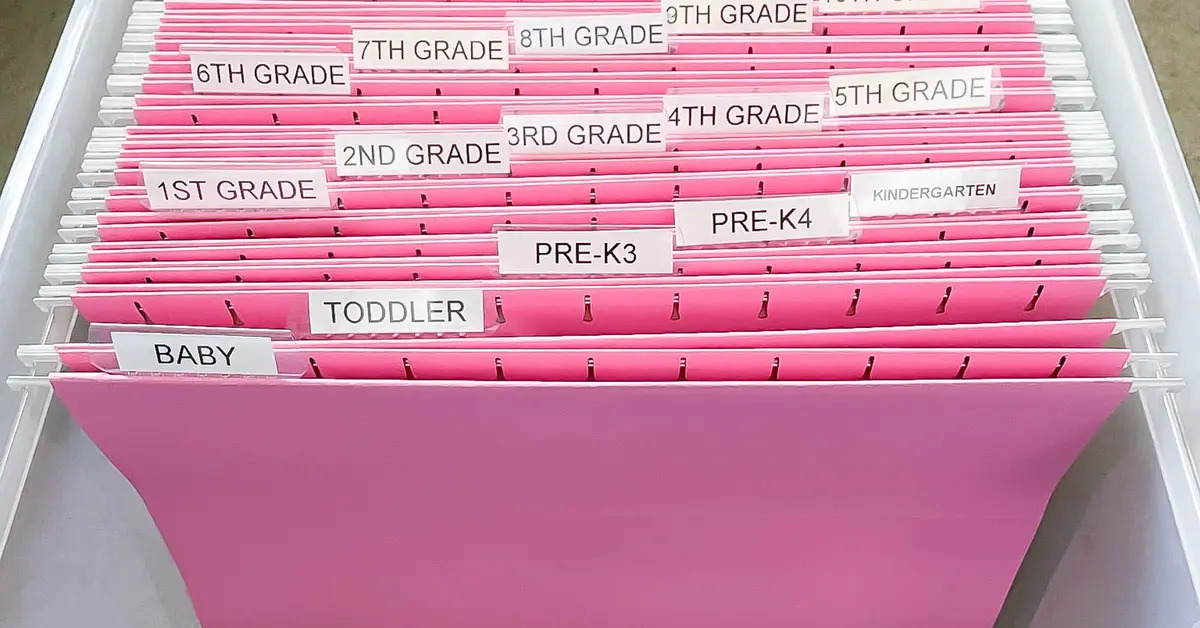

Articles
How To Store Paper Documents
Modified: January 19, 2024
Learn the best methods for storing paper documents to keep them safe and organized. Discover expert tips and techniques for preserving important articles and preventing damage.
(Many of the links in this article redirect to a specific reviewed product. Your purchase of these products through affiliate links helps to generate commission for Storables.com, at no extra cost. Learn more)
Introduction
Storing paper documents can be a challenging task, especially when you have a large volume of documents to manage. Whether it’s important legal papers, financial records, or sentimental documents like old letters and photographs, proper storage is crucial to keep them organized, protected, and easily accessible.
In today’s digital age, many people opt for electronic storage methods. However, there are still instances where physical copies of documents are necessary or preferred. Perhaps you have important original documents that need to be stored securely, or you simply enjoy the tangible experience of flipping through paper records.
Regardless of the reason, storing paper documents requires careful planning and implementation to ensure their longevity and ease of retrieval. In this article, we will discuss a step-by-step process to store your paper documents effectively.
Key Takeaways:
- Properly storing paper documents involves gathering supplies, sorting, choosing suitable containers, and implementing a labeling system. Regular maintenance ensures document integrity and accessibility.
- By following a systematic approach to storing paper documents, you can preserve their longevity and ensure easy retrieval. Proper organization and regular maintenance are key to maintaining document integrity.
Read more: How To Store Paper Documents Long-Term
Step 1: Gather the necessary supplies
Before you begin organizing and storing your paper documents, it’s essential to gather all the necessary supplies. Having the right tools at hand will make the process much more streamlined and efficient. Here are some supplies you’ll need:
- Filing folders or binders: These are essential for categorizing and organizing your documents. Choose durable folders or binders that are acid-free and archival quality to protect your documents from deterioration.
- Dividers: Dividers are useful for creating sections within your folders or binders. You can use them to separate different categories or subcategories of documents, making it easier to locate specific items.
- Labels: Labels are crucial for identifying your folders or binders. Opt for adhesive labels that can be easily attached and removed without leaving residue on your documents.
- Storage containers: Depending on the size and quantity of your documents, you may need storage containers such as boxes or cabinets. Ensure they are sturdy, moisture-resistant, and provide adequate protection for your documents.
- Document sleeves or sheet protectors: For delicate or valuable documents, consider using document sleeves or sheet protectors. These clear plastic covers will safeguard your documents from damage, such as tears or spills.
- Adhesive or paper clips: Clips can be handy to keep loose documents together within folders or binders. However, be cautious not to use metal clips on important documents as they can cause rust or damage over time.
- Writing tools: Keep pens, markers, or labels handy for writing on folders, dividers, or labels.
- Scissors or paper trimmer: Having a cutting tool can be beneficial for trimming documents to fit appropriately within folders or sheet protectors.
By gathering these supplies beforehand, you’ll have everything you need to start organizing and storing your paper documents effectively.
Step 2: Sort and categorize the documents
Once you have all your supplies ready, the next step is to sort and categorize your documents. This process involves separating your documents into different groups based on their content, purpose, or any other relevant criteria. Sorting and categorizing will make it easier to locate specific documents when you need them. Here’s how you can do it:
- Gather all documents: Collect all the paper documents that need to be stored. This includes loose papers, folders, and any other relevant items.
- Create broad categories: Start by creating broad categories that encompass different types of documents. For example, you can have categories like financial records, personal documents, legal documents, or sentimental items.
- Sort by category: Take each document and place it into the appropriate category. This process may involve going through each document individually, making decisions based on its content.
- Sub-categorize if necessary: If you have a large volume of documents within a particular category, consider creating subcategories to further organize them. For instance, within the financial records category, you can have subcategories like bank statements, tax documents, or receipts.
- Dispose of unnecessary documents: As you sort through your documents, you may come across papers that are no longer needed. Dispose of any irrelevant or outdated documents securely. Shredding sensitive information is recommended to protect your privacy.
Sorting and categorizing your documents will help you establish a logical structure for storing them. It will make retrieval easier, as you’ll know exactly where to look for a specific type of document. Take your time during this step to ensure that each document is placed in the correct category or subcategory.
Once you’ve completed the sorting and categorization process, you’re ready to move on to the next step of storing your paper documents efficiently.
Step 3: Determine storage options
After sorting and categorizing your documents, it’s time to consider the different storage options available to you. The choice of storage will depend on factors such as the volume of documents, the level of accessibility required, and the level of protection needed. Here are some common storage options to consider:
- Filing cabinets: Filing cabinets are a popular choice for storing paper documents. They come in various sizes and designs, offering multiple drawers to accommodate different categories of documents. Filing cabinets provide easy access and efficient organization, making them ideal for frequently referenced files.
- File boxes: If you have a moderate amount of documents or need the ability to transport them easily, file boxes can be a practical solution. These sturdy cardboard or plastic boxes often come with handles and are designed to hold hanging file folders.
- Shelving units: Shelving units are ideal for storing larger quantities of documents. They can be custom-built or purchased as ready-to-assemble units. Utilize shelves to store labeled boxes, binders, or even file folders directly.
- Document safes: For important or confidential documents, such as legal papers or passports, consider investing in a document safe. These fireproof and waterproof containers provide an extra layer of protection against potential damage or theft.
- Offsite storage: If you have limited space or need to store documents that are not accessed frequently, consider utilizing offsite storage facilities. These facilities offer secure and climate-controlled environments to safeguard your documents.
When determining the storage option that works best for you, consider factors such as space availability, budget, and the level of convenience and protection required for your documents. It’s important to choose a solution that balances accessibility with security.
Additionally, take into account the scalability of your storage system. If you anticipate needing more space in the future, opt for a storage solution that allows for expansion, such as modular shelving units or additional filing cabinets.
Once you’ve selected the appropriate storage option(s), you’re ready to move on to the next step of choosing the containers for your paper documents.
Step 4: Choose appropriate containers
Now that you have determined the storage options for your paper documents, the next step is to choose the appropriate containers to effectively house and protect them. The containers you select should be durable, practical, and compatible with your chosen storage solution. Here are some options to consider:
- Filing folders or binders: If you’re using a filing cabinet or file boxes, the most common choice for organizing individual documents is filing folders or binders. Filing folders are typically made of durable materials like cardstock or plastic, allowing you to label and store documents easily. On the other hand, binders are useful when you need to organize documents into sections or categories using sheet protectors or dividers.
- Hanging file folders: If you opt for a filing cabinet or a file box designed for hanging file folders, these folders provide a convenient way to store documents vertically. They come with hooks that suspend them on the edges of a drawer or a file box, allowing you to flip through the files without removing them.
- Box files: Box files are sturdy cardboard or plastic boxes specifically designed to hold documents. They often have a hinged lid that can be securely closed, protecting the contents from dust, moisture, or light exposure. Box files are an excellent choice for storing categorized documents that you don’t need immediate access to.
- Document envelopes: Document envelopes are useful for storing and protecting individual papers or smaller sets of documents. They are typically made of translucent or transparent materials, allowing you to quickly identify the contents. Document envelopes are particularly handy for storing receipts, invoices, or important correspondence.
- Storage bins or crates: For larger quantities of documents, consider using storage bins or crates. These containers are versatile and stackable, making them an efficient choice for storing multiple files or boxes securely. Choose containers with lids to protect the contents from dust and pests.
- Specialized archival containers: If you have valuable or fragile documents that require extra preservation measures, specialized archival containers may be necessary. These containers are designed to be acid-free, lignin-free, and pH-neutral, ensuring that your documents are protected from deterioration caused by environmental factors.
When selecting containers, consider the size and volume of your documents, the level of protection they require, and the ease of access you need. It’s also important to choose containers that fit well within your chosen storage solution, whether it’s a filing cabinet, shelving unit, or file box.
By choosing appropriate containers, you can effectively organize and protect your paper documents, preserving them for future reference or sentimental value.
Store paper documents in a cool, dry place away from direct sunlight and potential water damage. Use acid-free folders and boxes to prevent deterioration.
Read more: How To Store Documents
Step 5: Prepare the documents for storage
Before placing your paper documents in the chosen containers, it’s important to prepare them properly to ensure their long-term preservation and protection. Taking a few extra steps to prepare the documents will help minimize the risk of damage or deterioration. Here are some essential tasks to complete:
- Remove any binding materials: If your documents are bound together with staples, paper clips, or rubber bands, remove these binding materials. They can cause damage over time, such as rust or indentation marks.
- Arrange documents in a logical order: Arrange your documents in a logical order that makes sense for their category or chronological sequence. This will make it easier to locate specific papers in the future.
- Remove any unnecessary materials: Remove any non-essential items like post-it notes, sticky tabs, or unrelated documents from the files. This will help declutter the storage containers and improve organization.
- Repair any damage: If you come across documents that are torn, creased, or damaged in any way, take the time to repair them. Use archival-quality tape or acid-free adhesive to carefully mend any tears or loose edges.
- Consider photocopying or scanning: If you have documents that are particularly fragile or prone to damage, consider making copies or scanning them to create digital backups. This will allow you to access the information while keeping the original documents safely stored.
- Protect delicate items: For delicate or valuable documents, such as photographs or certificates, consider placing them in acid-free document sleeves or archival-quality sheet protectors. These protective covers will shield the items from fingerprints, dust, and any potential damage.
- Label the documents: Before placing the documents in the containers, label them appropriately. Use legible and descriptive labels that clearly identify the contents of each folder or binder.
By taking the time to prepare your documents properly, you’re ensuring their longevity and preserving their integrity. These simple steps will go a long way in safeguarding your valuable information and precious memories.
Once you’ve prepared the documents, you’re now ready to place them in the chosen containers and move on to the next step of storing them in a suitable location.
Step 6: Store in a suitable location
Now that your paper documents are prepared and placed in appropriate containers, it’s time to store them in a suitable location. The storage location should provide the right conditions to preserve the integrity of the documents while ensuring easy accessibility. Here are some considerations to keep in mind when selecting a storage spot:
- Avoid direct sunlight: Sunlight can fade and damage documents over time, so it’s crucial to choose a storage location away from windows or direct sunlight exposure. If you can’t avoid natural light, consider using UV-blocking curtains or blinds to protect the documents.
- Control temperature and humidity: Fluctuations in temperature and humidity levels can cause documents to warp or deteriorate. Aim for a storage area with a stable and moderate environment. Avoid areas prone to extreme heat, cold, or high humidity, such as attics, basements, or garages.
- Minimize exposure to moisture: Moisture is detrimental to paper documents as it can lead to mold growth or paper deterioration. Ensure your storage location is dry and well-ventilated. Use dehumidifiers or moisture-absorbing products if necessary.
- Pest control: Protect your documents from potential damage caused by pests such as insects or rodents. Keep the storage area clean and free from food sources. Consider using pest control measures or placing a deterrent like mothballs or cedar chips.
- Accessibility: Choose a storage location that allows for easy access to your documents when needed. Consider factors such as convenience, frequency of retrieval, and the level of security required for the documents.
- Fire protection: If possible, opt for a storage location that has fire-resistant features or is equipped with fire suppression systems. This extra layer of protection can provide peace of mind in case of an unforeseen event.
Be mindful of the available space and the volume of documents you anticipate storing in the future. Ensure there’s enough room for growth without sacrificing accessibility or risking overcrowding.
Remember to periodically monitor the storage area and check for any signs of damage or deterioration. Regular inspections will allow you to address any issues promptly and take appropriate measures to preserve the integrity of your paper documents.
By selecting a suitable storage location, you’re taking a crucial step in ensuring the long-term preservation and accessibility of your important documents.
Step 7: Implement a labeling system
To maintain an organized and efficient paper document storage system, implementing a clear and consistent labeling system is essential. Proper labeling will help you easily locate specific documents and ensure that everything remains well-organized. Here’s how you can implement an effective labeling system:
- Choose a labeling method: Decide on a labeling method that works best for your storage containers and personal preference. You can use adhesive labels, label makers, or even handwritten labels.
- Create a naming convention: Develop a consistent naming convention for your documents to ensure clarity and consistency. For example, you may choose to label files or folders with a combination of category, subcategory, and date.
- Be descriptive: Use descriptive labels that accurately portray the contents of each storage container. Include keywords or relevant details to help you easily locate specific documents.
- Label containers, shelves, or drawers: It’s not just the individual documents that need labeling. Make sure to label the containers, shelves, or drawers themselves. This will help you quickly identify the correct storage area for the documents you’re looking for.
- Consider color coding: If you’re dealing with a large volume of documents or multiple categories, consider using color-coded labels or stickers to differentiate between different types of documents. This visual cue can make the retrieval process even more efficient.
- Update labels as needed: Regularly review and update your labels as needed. If the contents of a folder or container change, make sure to adjust the label accordingly to maintain accuracy.
- Create a labeling guide: To ensure consistency across multiple users or as a reference for yourself, consider creating a labeling guide. This guide can outline the labeling conventions, color-coding system, and any other relevant information for maintaining the organization of your documents.
By implementing a clear and consistent labeling system, you’re establishing a framework that will make it easy to locate and retrieve your paper documents whenever you need them. Remember to train other users or family members who may be accessing the storage system on the labeling conventions to maintain continuity.
Consistency is key when it comes to labeling. Take the time to label each container accurately, and regularly review and update labels as needed. This simple step will go a long way in keeping your paper documents well-organized and easily accessible.
Step 8: Regularly review and maintain the stored documents
Storing paper documents is not a one-time task; it requires regular review and maintenance to ensure the integrity, organization, and accessibility of the stored information. By following a consistent maintenance routine, you’ll be able to keep your documents in optimal condition and prevent any potential issues from arising. Here’s what you should do to regularly review and maintain your stored documents:
- Schedule routine inspections: Set a schedule for periodically reviewing your stored documents. This could be quarterly, biannually, or annually, depending on your needs and the volume of documents you have.
- Check for damage or deterioration: During your inspections, carefully examine each document for any signs of damage, such as tears, stains, or discoloration. Remove any damaged documents from the storage system and repair them if possible.
- Reassess organization and categories: As time goes on, you may find the need to update or fine-tune the organization and categories of your stored documents. Take this opportunity to reevaluate and make any necessary adjustments to improve efficiency and ease of retrieval.
- Purge unnecessary documents: Regularly assess your stored documents to identify any papers that are no longer needed. Dispose of outdated or irrelevant documents securely through shredding or other appropriate methods.
- Handle with care during retrieval: When you need to retrieve a document from your storage system, handle it with clean hands and avoid placing it on surfaces where it can be damaged. Preserve the integrity of the documents during the retrieval process.
- Monitor the storage environment: Keep an eye on the storage environment to ensure it remains suitable for the preservation of the documents. Check for any signs of excessive humidity, temperature fluctuations, or pest activity that may need to be addressed.
- Back up electronic copies: For important documents that have been scanned or digitized, regularly back up those electronic copies to external hard drives, cloud storage, or other secure digital platforms. This will provide an extra layer of redundancy and protection.
- Train and inform others: If multiple people have access to the stored documents, make sure to train them on the proper handling and maintenance procedures. Inform them of the importance of maintaining the organization and the need for regular inspections.
By regularly reviewing and maintaining your stored documents, you ensure that they remain in good condition and continue to serve their intended purpose. This proactive approach will help you avoid any potential issues and preserve the integrity of your valuable paper documents for years to come.
Remember to document any changes or updates to your organizational system or labeling conventions as you review and maintain your stored documents. This documentation will help maintain consistency and provide a reference for future use.
Read more: How To Store Documents At Home
Conclusion
Storing paper documents may seem like a daunting task, but with a systematic approach and proper organization, you can ensure the long-term preservation and easy accessibility of your important records. By following the step-by-step process outlined in this article, you can store your paper documents effectively:
First, gather the necessary supplies such as filing folders, dividers, labels, and suitable storage containers. Then, sort and categorize your documents, creating a logical structure for easy retrieval. Determine the appropriate storage options that fit your needs, taking into consideration factors like accessibility and protection.
Choose appropriate containers based on the size, volume, and fragility of your documents. Prepare the documents for storage by removing any binding materials, repairing damage, and considering scanning or photocopying for delicate items. Store the documents in a suitable location, free from direct sunlight, excessive humidity, and pests.
Implement a consistent labeling system to easily identify and locate specific documents, and regularly review and maintain the stored documents to ensure their integrity and organization. Lastly, handle the documents with care during retrieval and back up any electronic copies for added security.
By following these steps and committing to ongoing maintenance, you can create a well-organized and efficient paper document storage system. Whether you’re managing important legal papers, financial records, or cherished memories, proper storage ensures that your documents remain protected and easily accessible when needed.
Remember, the goal is not just to store your documents but to do so in a way that maintains their integrity and facilitates easy retrieval. With a little time, effort, and attention to detail, you can establish a document storage system that brings peace of mind and ensures the longevity of your valuable paper documents.
Frequently Asked Questions about How To Store Paper Documents
Was this page helpful?
At Storables.com, we guarantee accurate and reliable information. Our content, validated by Expert Board Contributors, is crafted following stringent Editorial Policies. We're committed to providing you with well-researched, expert-backed insights for all your informational needs.

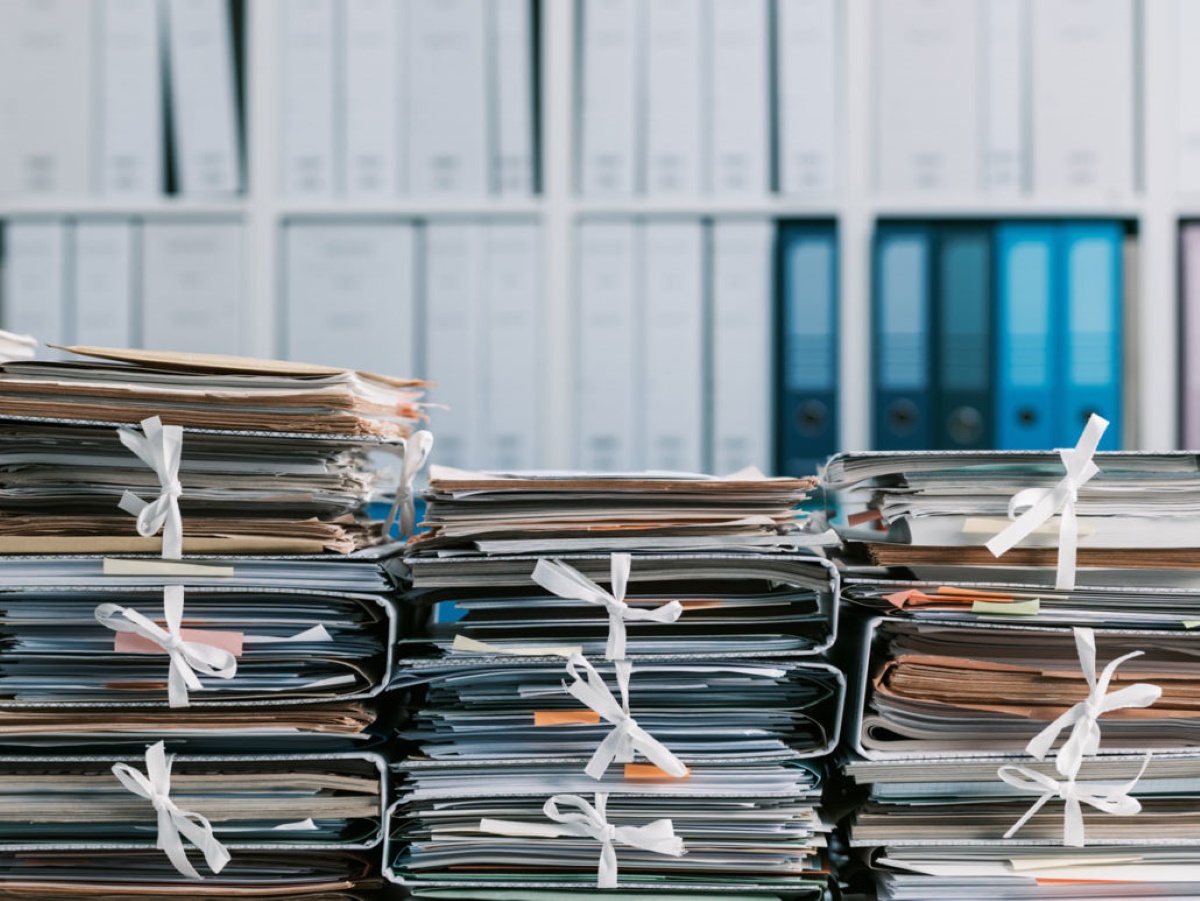
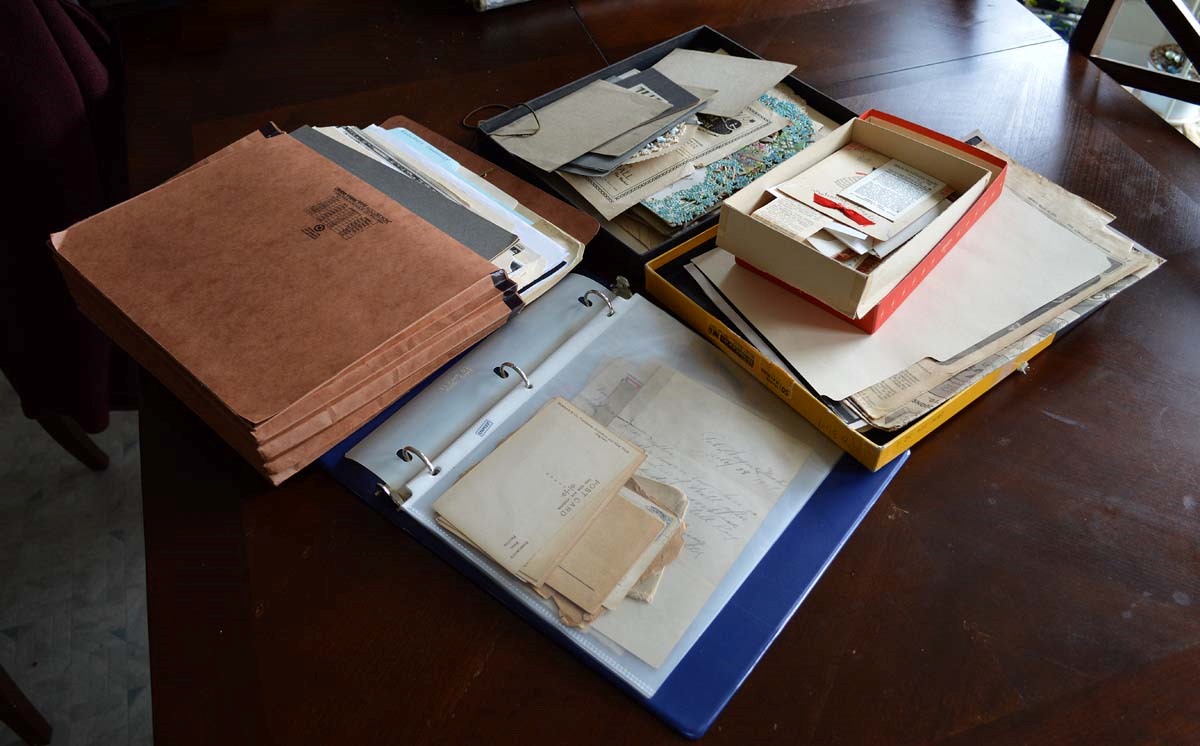

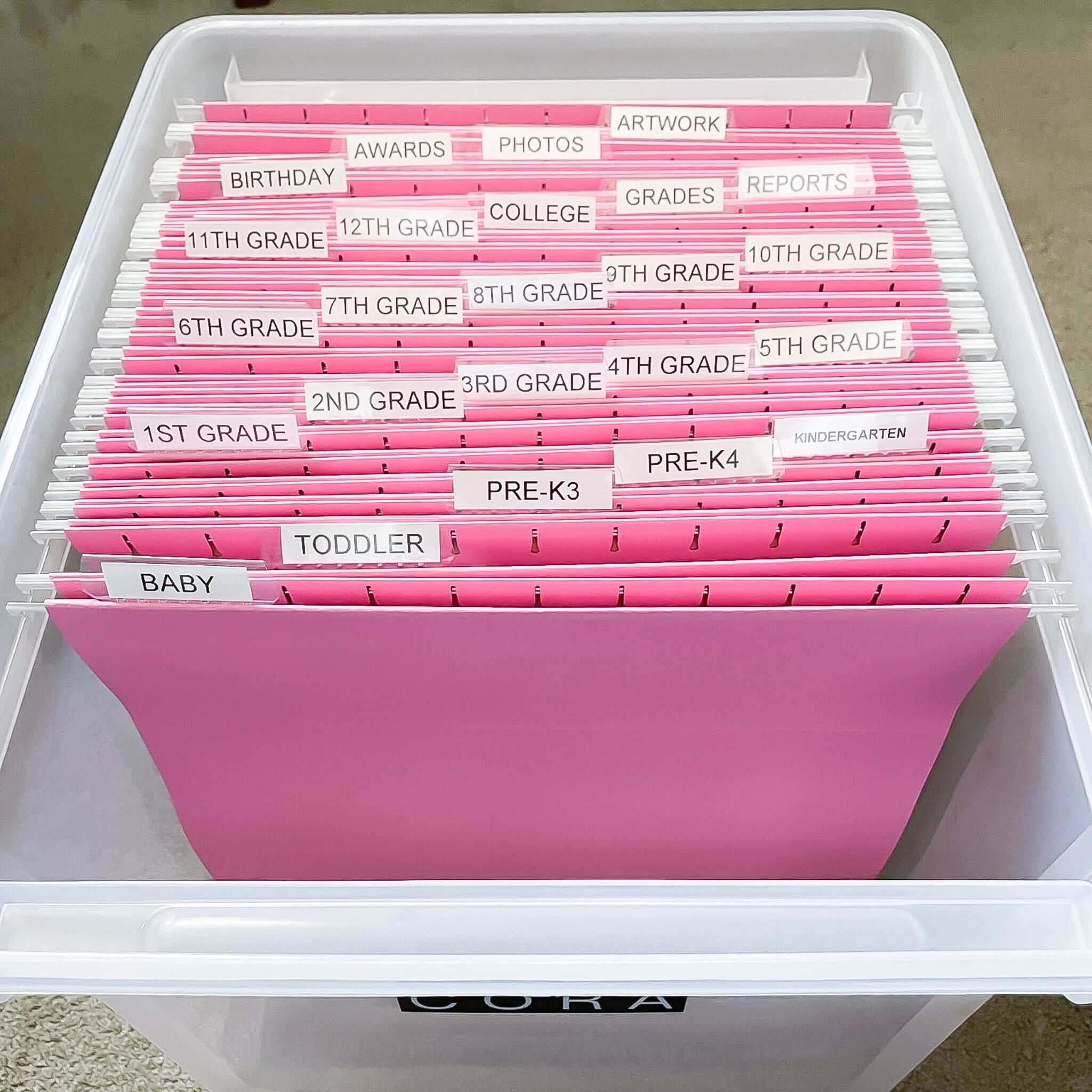


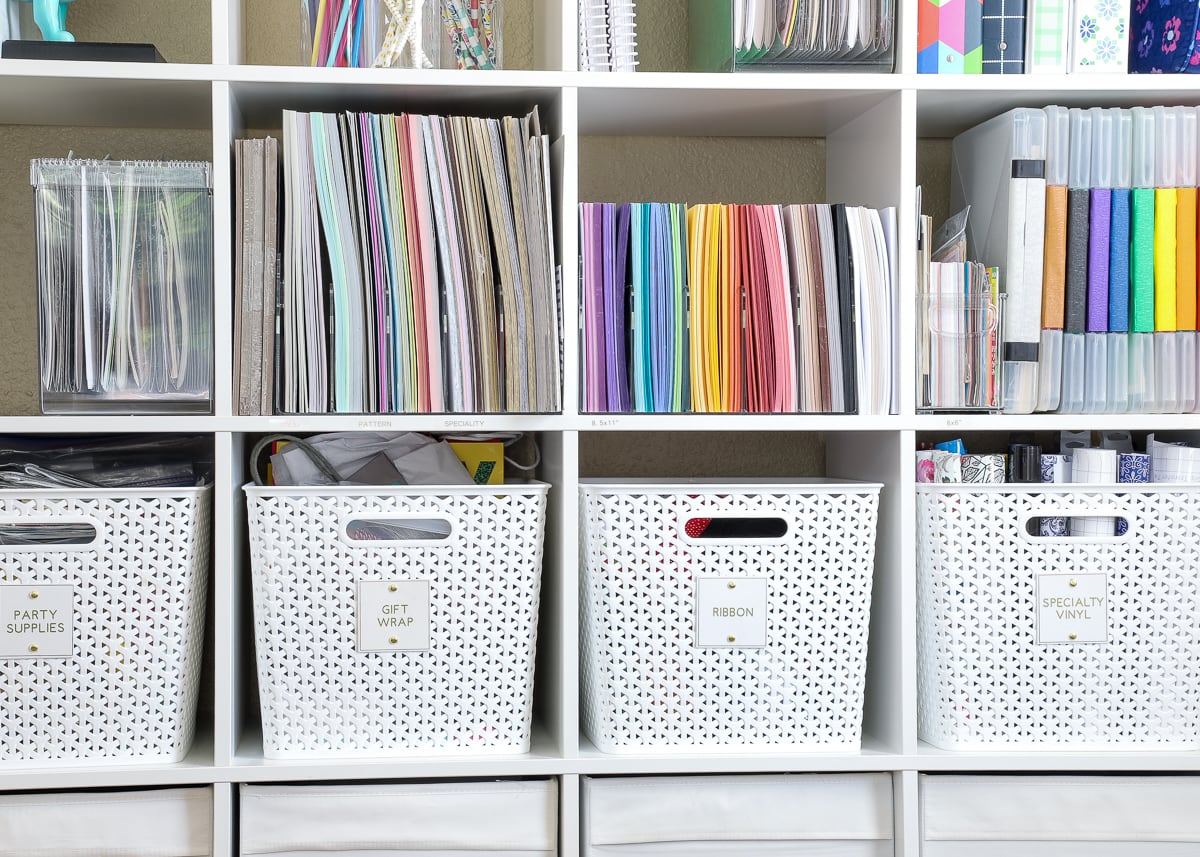
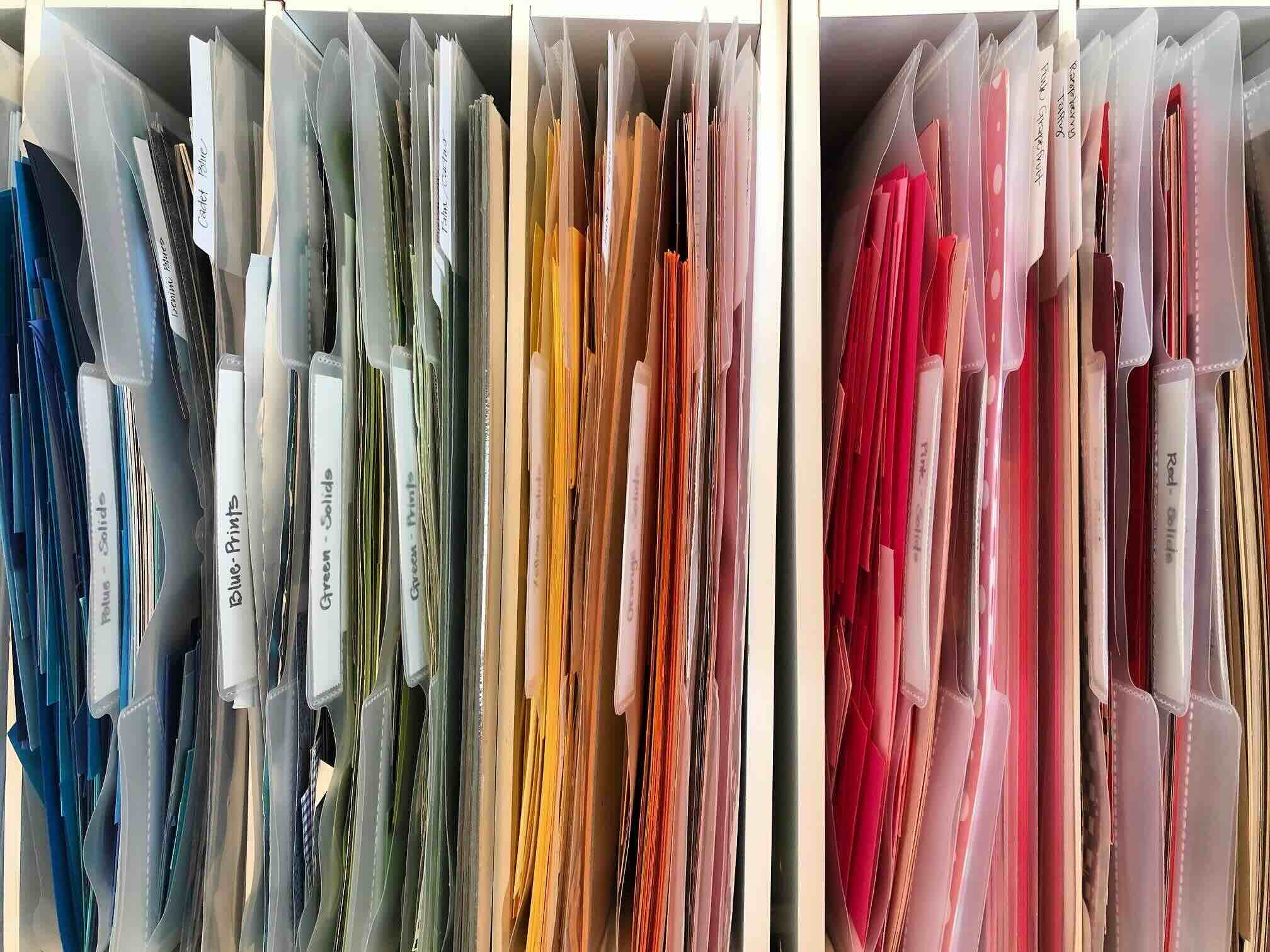
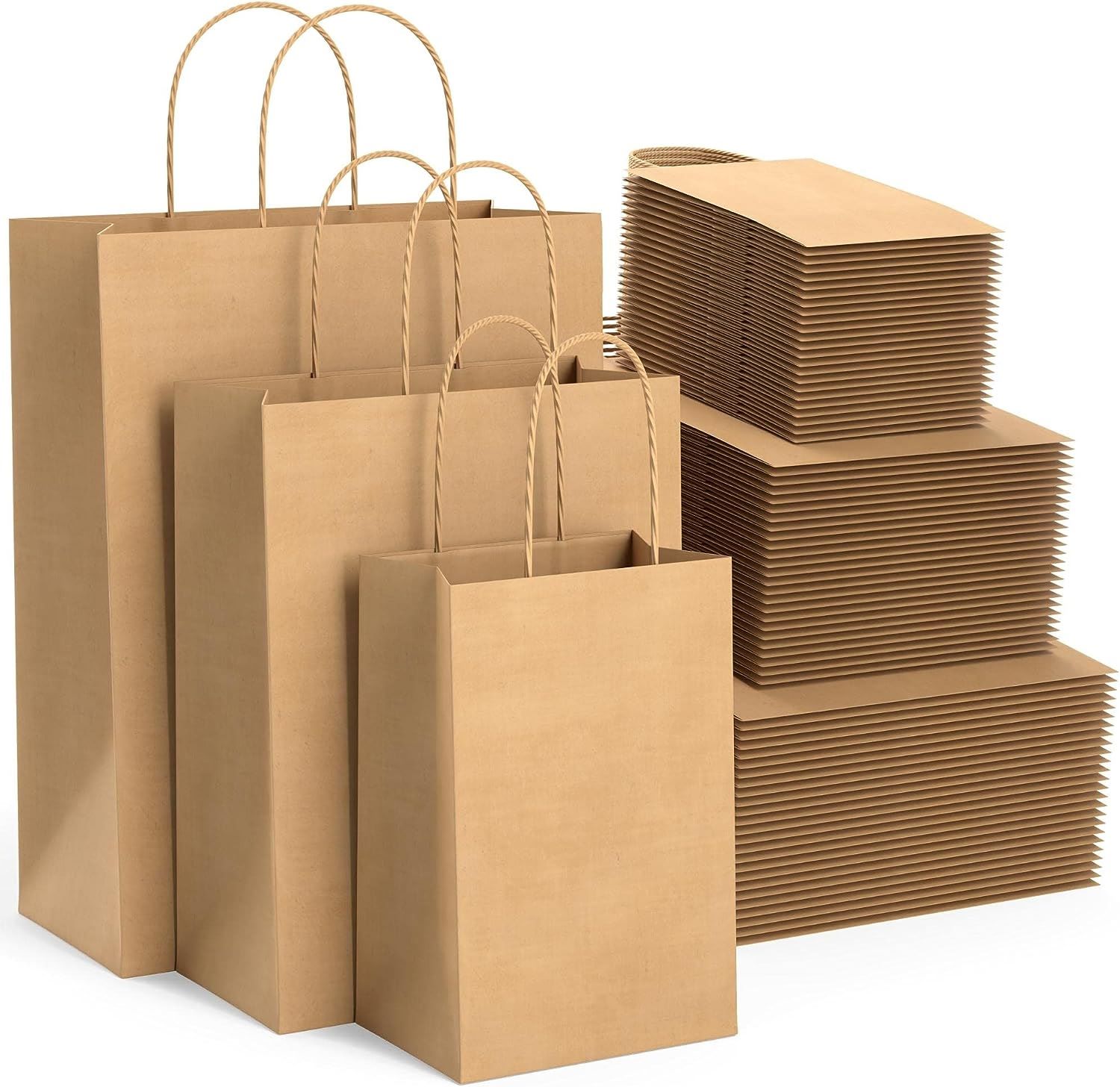




0 thoughts on “How To Store Paper Documents”